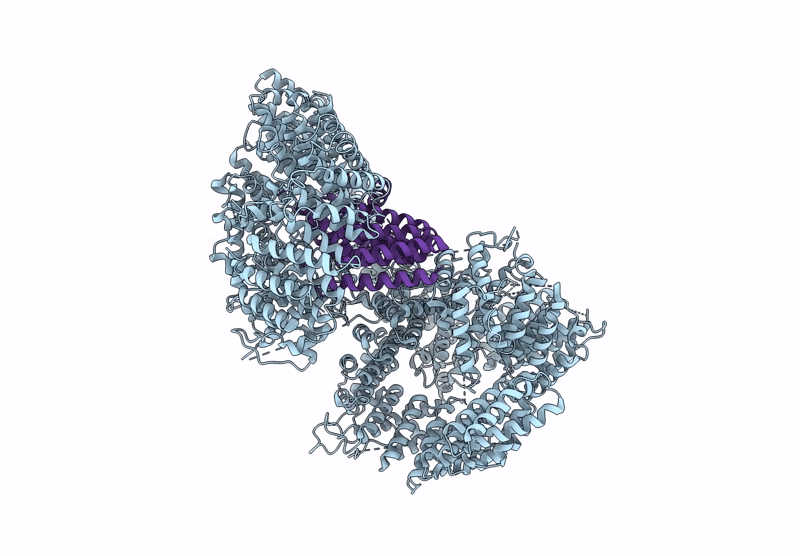
Deposition Date
2020-06-03
Release Date
2020-06-17
Last Version Date
2025-05-28
Entry Detail
PDB ID:
6X9O
Keywords:
Title:
High resolution cryoEM structure of huntingtin in complex with HAP40
Biological Source:
Source Organism:
Homo sapiens (Taxon ID: 9606)
Host Organism:
Method Details:
Experimental Method:
Resolution:
2.60 Å
Aggregation State:
PARTICLE
Reconstruction Method:
SINGLE PARTICLE


